If several units are used, they can be paralleled in a master and slave mode or be controlled by a central unit (Smart Grid) which communicates to them the active and reactive power reference for each.
The system is certified by the CEI021 norms, but can also work in islanding mode if the grid mains power supply should fail. After a power outage, the system can disconnect from the mains and provide power autonomously, resulting in a short transient on the user side. When the mains voltage returns and stabilizes, there will be seamless re-synchronization and co-generation.
Typical applications:
- Support to the mains in areas where the latter is fluctuating or discontinuous.
- Support to the mains in applications with fluctuations and high peaks in power demand (e.g.: electric vehicle charging stations). There is an obvious cost benefit as the installed power rate can be lower than the peak power rate.
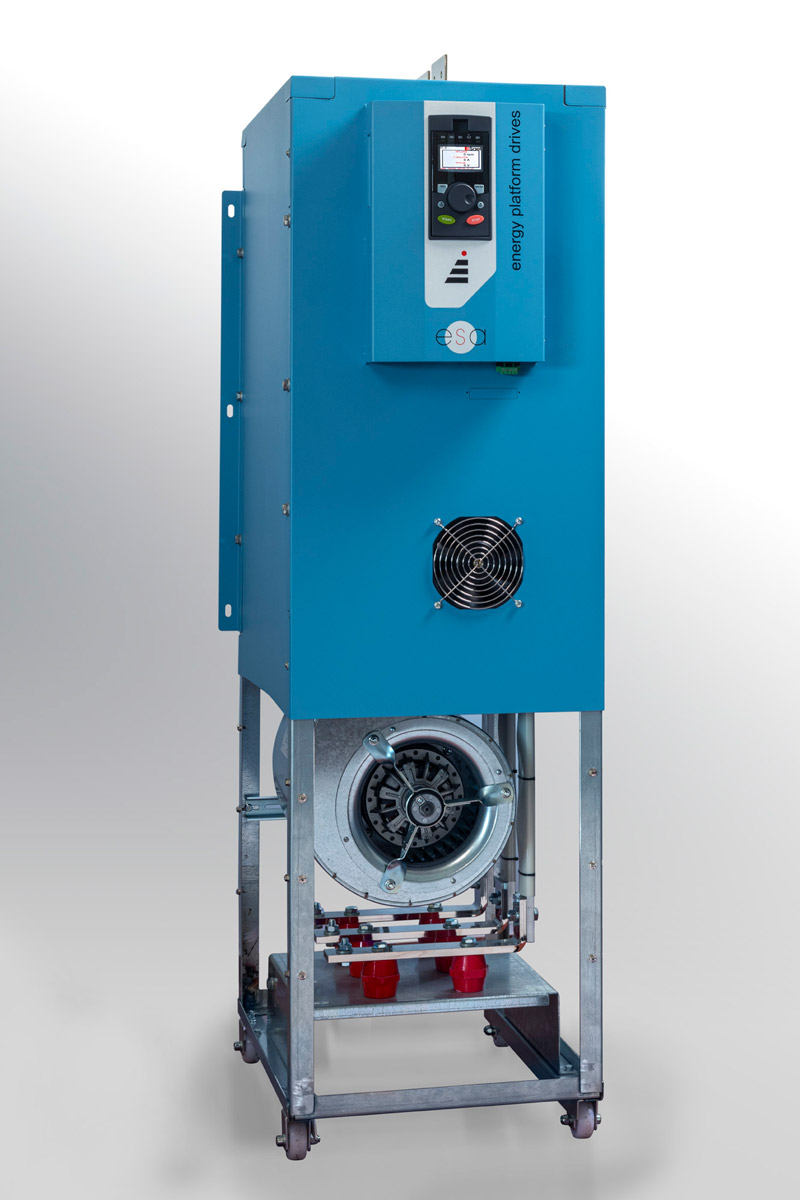
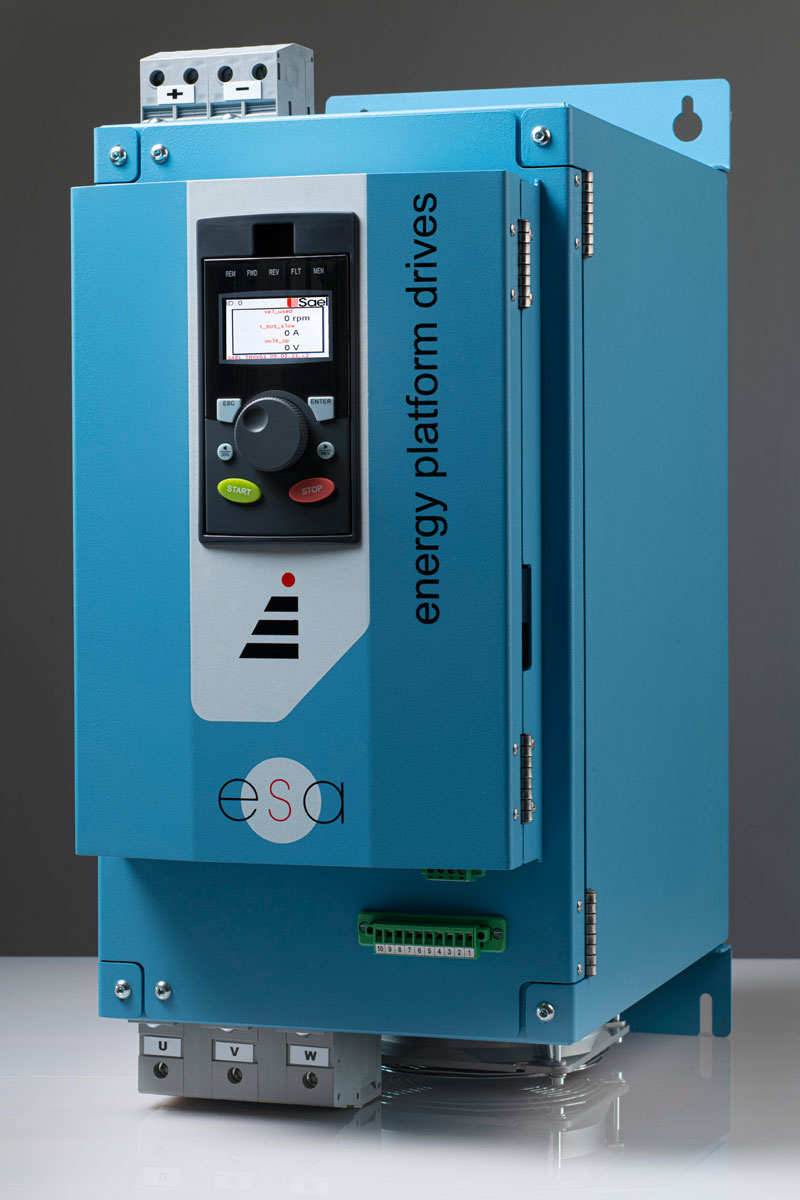
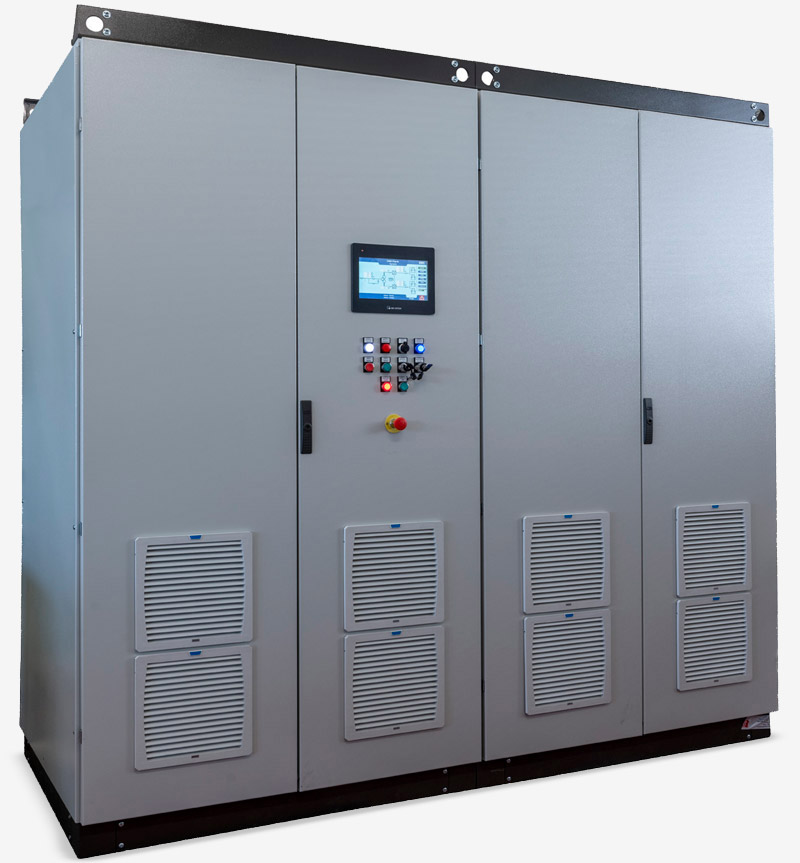
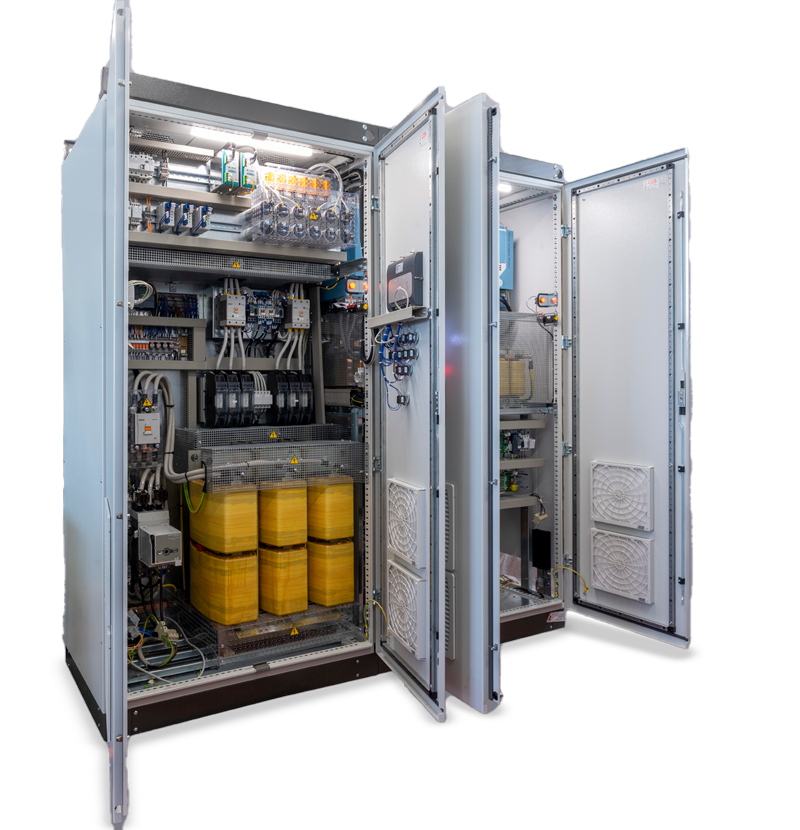
SAEL and the Environment
For sometime, the awareness of having to change direction in terms of energy consumption and production, has pushed a large part of the planet to use electric energy, moving away from fossil fuels. The topic refers to the SET Plan as well as the worldwide and European targets for global greenhouse gas emission reduction. This reflected in a growing demand for clean energy which, today, has to deal with an infrastructure that is often insufficient and/or needs to be modernized. Photovoltaic systems have been built for some time, but there needs to be much more growth in this area.
In spite of the obvious high costs, we have to face up to our responsibilities.
SAEL plays its part offering a technological contribution.
SGS System (Smart Grid Sael)
The aim is to offer a modular system with batteries, which can be integrated in a Smart Grid system or autonomously store or provide energy based on the ratio between utility demand and grid supply of the particular instance.
The benefit for the User is to be able to support the mains supply with energy previously stored in order to avoid transient power outage in a moment of peak demand. The SGS solution requires modest investment if compared to an increase in power line/infrastructure capacity or a local power generation plant.
- Battery
- BMS
- electro mechanic components
- Inverter/ Control software
- Power Transformer
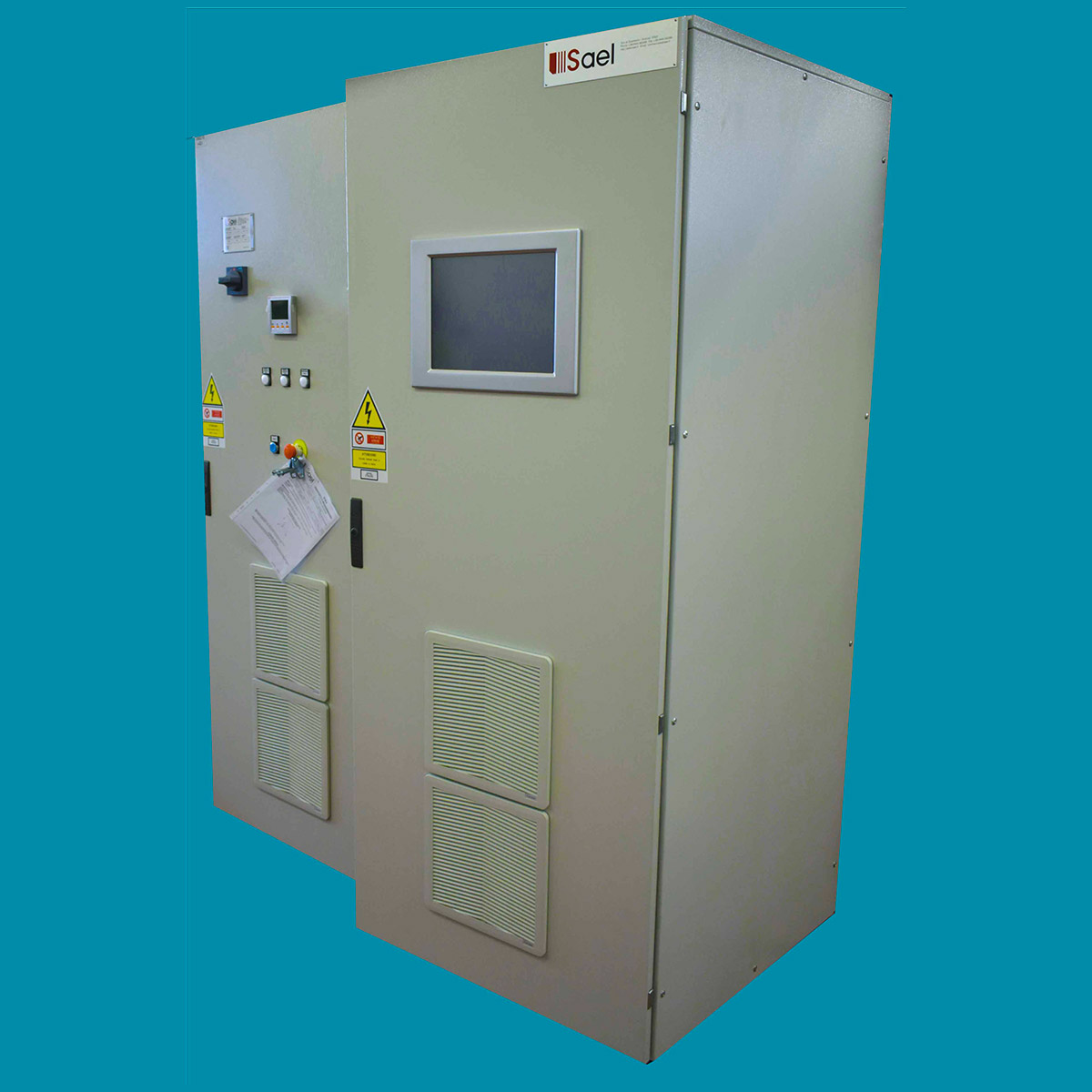
SMART GRID SAEL:
-
- One or more high performance inverters – Intelliflex Platform One–
-
- The VT series inverter is equipped with a last gen. tri-core processor with high computing capacity;
- Film capacitors (Sael is one of the few in the market), offering huge benefits in term of long life and performances. Tough and rough hardware with tough metallic casing for use in all environmental conditions;
- CEI 021 TUV Certified;
Thanks to its dedicated and sophisticated firmware, the VT series – Intelliflex Platform One – has a significant plus for this application.
Some of the optional algorithms developed for this application:
-
- Active Power variation as a function of frequency ;
- Reactive power variation as a function of Voltage;
- Frequency variation as a function of Active Power;
- Voltage variation as a function of Reactive Power;
- Power factor variation as a function of mains voltage or Active Power;
- Synchronization to the Mains
- Capability curve management;
- Automatic islanding.
- Modular Electrical Cabinet, engineered for:
-
- Minimizing the EMI;
- Designed to be modular – paralleled modules reach up to 6 megaWatt –
- SGM software (Smart Grid Manager) consists of:
-
- Smart Grid manager which co-ordinates the elements in the network. This is done with a calculation algorithm which optimizes the load partitioning according to on-line set points of the users. The smart grid flexible structure is configured by a graphical interface.
- Intuitive and user friendly interface. The graphics can be easily modified by an editor without re compiling;
- The data acquisition interface supports standard protocols, allowing data exchange with the most used PLC/RTU;
- Interfacing to the protection system, in order to monitor and register the electrical events with a millisecond chronology
- Interface compatible to standards given by the mains supplier (TERNA in Italy) for load disconnection and remote monitoring and controlling.
- Storage of all smart grid data with a 1 second sampling time interval, with the possibility to show them graphically (up to 16 traces at a less than 2 second interval) or export them in tables. Minimum, maximum, average deviation and standard deviation values are calculated by groups of minutes and hours.
- “Smart Grid Manager (SGM): is a complete system for the Network Managing:
-
-
- Frequency control as a function of Active Power ( P(f) curve );
- Voltage control as a function of Reactive Power ( Q(V) curve );
- Limiting Active Power surges(Peaks Shaving);
- Controlling the Active power exchange with the delivery point, based on daily or weekly plan (Time Shifting);
- Charging and discharging of the batteries in order to have maximum capacity when required.
- Automatic accumulators Loading and discharging for a maximum energy availability in case of demand;
- Optimization of the power supplied/absorbed by the providers (choosing between different sources) with management of the priorities.
-
-
- Off the shelf Battery Pack (not self-produced) conformant to the norms and of required capacity.
Are you interested in learning more?
Contact us by filling out the form
